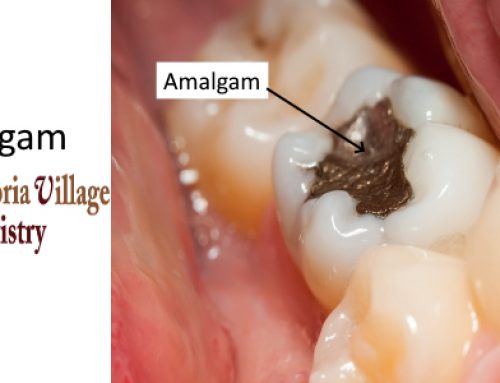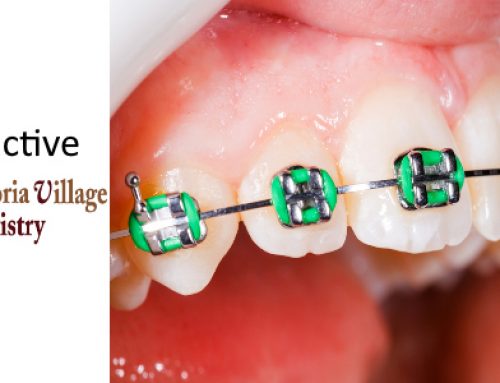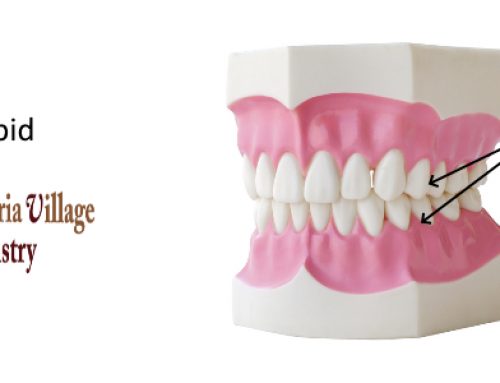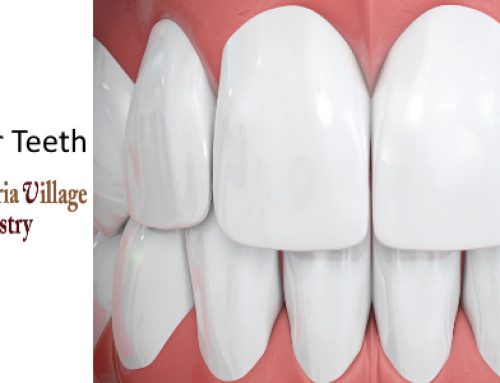
The Oral Cavity comprises the lips, the inner lining of the lips and cheeks, the lower and upper gums, the anterior two-thirds of the tongue, the floor of the mouth beneath the tongue, the little space behind the wisdom teeth, and the bony roof of the mouth. It contains the teeth and tongue and receives secretions from the salivary glands.
Table of Contents
Where Is Your Oral Cavity Located?
The Oral Cavity is situated at the front of the face, below the nasal cavities, and is surrounded by a roof, a floor, and side walls.
What is the Oral Cavity Composed Of?
The oral fissure consists of two separate regions:
- between the cheeks or lips and the teeth is the oral vestibule.
- The Oral Cavity, the area between the teeth
What Use Does the Oral Cavity Serve?
The mouth’s primary role is to begin the digestive process. It absorbs and fragments the food, then mixes it with saliva to commence the swallowing process.
What is the Size of the Oral Cavity?
On average, a male Oral Cavity has a capacity of 71.2 ml, whereas a female Oral Cavity has a capacity of 55.4 ml.
Why is the Oral Cavity Important?
The mouth is vital not just for the absorption and digestion of food and water, but also for speech production and appropriate respiration. To ease digestion, the teeth, which constitute the bulk of the mouth’s structures, break and crush food into tiny bits.
What is the Oral Cavity Proper?
The lining mucosa (cheeks, lips, the floor of the mouth, and alveolar mucosal surface), soft palate, inferior surface, masticatory mucosa (hard palate and gingiva), and specialized mucosa (back of the tongue) cover the mouth proper.
What is Meant by Oral Cavity Areas?
Areas of the mouth cavity correspond to the codes used to identify dental services.





